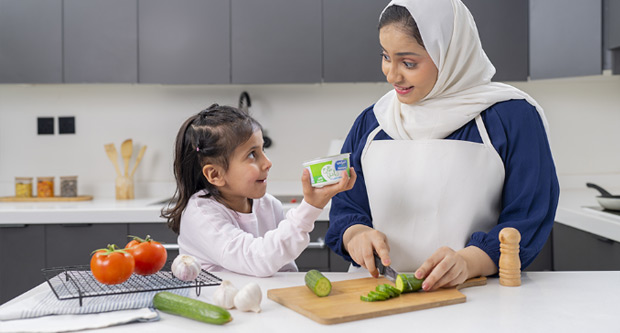This year, the MENA region and our home market of Saudi Arabia have seen an impressive recovery from the negative impacts of the COVID-19 pandemic, with the Kingdom registering one of the highest growth rates since 2011. While the region is experiencing higher inflation rates, the overall growth outlook remains promising.
The Global Economy
Despite a rapid initial recovery, the headwinds and uncertainty experienced in 2022 continued to cast their shadow across global markets during the year, creating volatility in most industry sectors. The Ukraine crisis that began earlier in the year has continued to be the biggest geo-political event of recent times. This unsettled the world economy just as it was recovering from the impacts of COVID-19, and adversely affected energy prices, especially in Europe. The rise in food inflation affected people’s daily lives and had a significant impact on middle- and lowerincome countries. Central banks have raised interest rates to cater for inflation, but this hike may risk the world economy entering a recession in 2023.
The MENA Region
The Ukraine crisis has also caused challenges in the regional economy, including rising inflation, particularly for commodity imports. This has led to increased volatility in commodity prices. Nonetheless, in 2022, the MENA region experienced a recovery and a rebound in economic activity. This year, GDP growth was at 6.1%1, up from 4.1% in 2021.
The economic conditions and inflation in advanced economies have also had impacts on the MENA region. Regional inflation remains high at 14.2%2 on average and is expected to remain elevated in 2023. In addition, emerging and middle-income economies in the MENA region have been negatively affected as global demand has weakened and financial conditions have tightened. This has led to increases in government debt and a worsening of debt dynamics.
On the other hand, GDP per capita of middle-income oil exporters has increased by around 3.9%3 in 2022. For oil exporters within the MENA region, the shifting global dynamics present a significant opportunity for increasing oil exports and improving foreign exchange figures.
The Kingdom of Saudi Arabia
Saudi Arabia is expected to be one of the fastest growing major economies in 2022, with real GDP growth at 8.8%4 in 2022, the fastest rate since 2011. This is driven by strong economic performance due to high energy prices and rising oil and petroleum rates. This growth also reflects the successful implementation of the Kingdom’s extensive COVID-19 vaccination campaign. Real GDP growth is expected to be close to 5% in 2023, and around 3% in the following years.
On the other hand, as a net importer of food and other commodities, the Kingdom has been adversely affected by higher global inflation rates. In addition, the Saudi Central Bank has tightened the monetary policy in line with the Federal Reserve to maintain the exchange-rate peg to the US Dollar.
It is expected that increases in domestic interest rates will only have a minor impact on the Kingdom’s economic performance, as it has witnessed a long period of high oil and gas prices, paired with strong liquidity in the financial sector.
Moreover, the Kingdom has implemented several reforms in efforts to attract foreign investment, improve the business environment, and encourage private sector participation in driving the economy. Many of these reforms have facilitated start-ups and reduced barriers for foreign companies to invest in the economy. These efforts are in line with Saudi Vision 2030 and will support the Kingdom’s long-term development.
The Regional F&B Market
The F&B industry in Saudi Arabia is the largest in the Middle East and is expected to grow considerably over the next five years. Revenue in the sector amounted to USD 57.29 billion in 2022, and the market is expected to grow annually by 4.78% (CAGR 2022-2027). Moreover, in the first half of 2022, the Kingdom invested USD 187 million in F&B start-ups, making Saudi F&B more attractive to investors. In addition to investments in start-ups, this growth was driven by a rapidly changing demography, with a youthful population and higher disposable incomes, and a significant increase in cross-border travel. Overall, the Kingdom is moving towards the adoption of more business and tourism friendly policies, which is shifting dynamics in the Kingdom’s F&B landscape
- S&P Global Market Intelligence, Q3 2022
- Region Economic Outlook, IMF 2022 projections
- World Bank estimates
- Bloomberg, Q3 2022


